The Story of An Arcadian Polis: Coins from the Excavations at Stymphalos
by R. Weir
My last contribution to Labyrinth gave an overview of the 2001 excavation season at Stymphalos. This paper will look more closely at the one class of funds, the coins, and will show how they can be very useful for reconstructing the history of a rather obscure Greek city high in the mountains of Arcadia, a city about which we otherwise now very little.Of the 349 coins studied by me so far, the great majority (309, 89%), are low-value bronzes – the coins one could afford to drop and lose – though the smaller silver coins, are also well represented (40, 11%). Favourable soil conditions preserved 95% (329) of these coins well enough to permit certain, or high probable, attributions. Overall, there is a continuous numismatic record from the 2nd quarter of the 5th century BC through the second quarter of the 1st century AD, though a very few outliers attest seemingly sporadic human activity on the site during the 4th and 5th centuries AD.
Stymphalos’ own coins were evidently never much of a factor in the town’s economic life (4, 1%). In the 5th and 4th centuries BC, the prominent issuers in the local currency pool were neighbouring Phlious, Corinth (on the coast, one hour’s drive away to the northeast), and most especially Sikyon (also on the coast, forty minutes’ drive north of Stymphalos). About 40% of the coins we recovered from Stymphalos, both bronze and silver, are Sikyonian; and they range in date from the late 5th century BC to the mid 1st century BC.
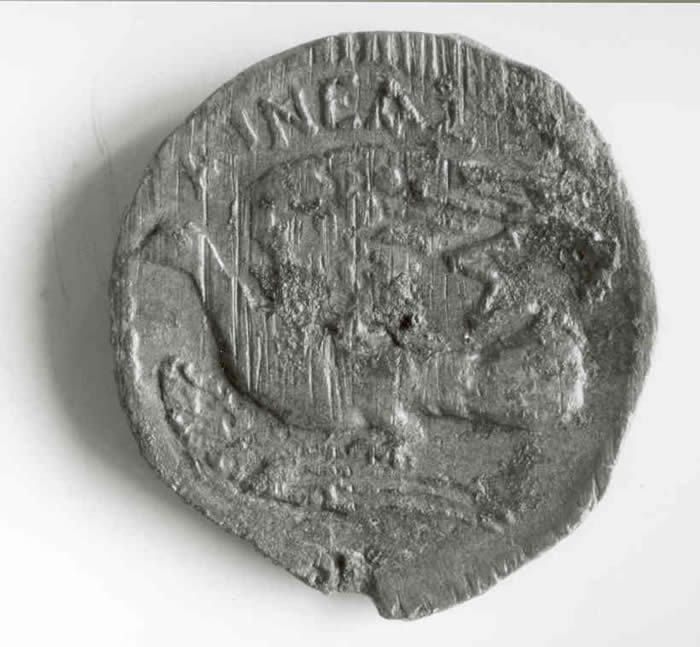
Figure 1. Bronze coin of Sikyon, struck by Aineas,
18mm, ca. 75-50 BC. Dove flying to left.
The attached graph begins the analysis of the coin data. It gives some idea of how many coins were circulating when in all of Stymphalos by plotting the changing rates of coin-loss per year between the 5th century BC and the mid 1st century AD. For instance, 10 excavation coins dating to 400-395 BC would give a value of 2.0 for those five years on the graph. One should of course bear in mind two things when looking at the graph: 1), that coins typically circulated for a number of years between their issue date and when they were lost from circulation; and 2), that higher-value coins of precious metal are typically under represented in non-hoard contexts (and the cities of mainland Greece did not mint bronze before the 4th century BC). Simply put, most people would take the trouble to look for a dropped silver coin worth, say $10, but might not bother to do so for a copper penny. Problem 1), if not 2), can be neutralised with statistical modeling of my data that would result in the graph’s landscape slumping somewhat to the right. Nevertheless, the peaks and dips in the raw data of this graph do correspond to real changes in patterns of monetisation owing to political or economic circumstances, at least those instances where we have corroboration from literary sources or other excavation results.
The presence of any coins at all before about 375 BC comes as a bit of a surprise, since our working hypothesis is that the planned town we were excavating did not exist before then. However, there is a relatively large amount of 5th century BC coinage, including one silver coin of about 400 BC that was minted at Stymphalos itself (see figure 2). The coins may indicate that there had been an earlier settlement on this site, one which was demolished when the town was refounded in the early 4th century BC with a gridded street plan and substantial public buildings. Alternatively, the construction fo the planned town should be pushed back by a generation.
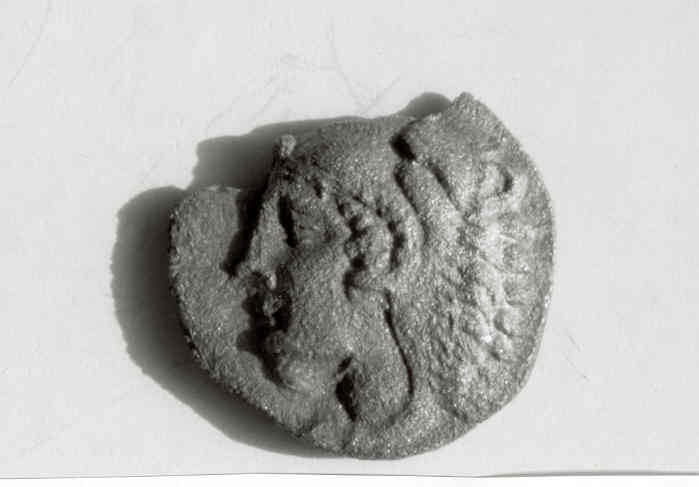
Figure 2: Silver obol (=one-sixth drachma) of Stymphalos, 11mm, ca. 400 BC.
Head of Herakles to left.
One important contribution to the economy of Stymphalos, as of many Arcadian city-states, was made by the employment of many of its citizens abroad as mercenaries. Such soldiers would have brought home wages, mostly in the form of silver or gold, that would be largely invisible to an archaeological record dependent on excavation coins for two reasons: first, precious metal coins are often more encountered in hoards than as casual losses; and second, exotic coins on foreign weight standards are frequently exchanged for, or restruck as, money current in the Peloponnese. Nevertheless, the excavations at Stymphalos have turned up some indubitable souvenirs of foreign service, coins which have strayed far fro their usual orbits and attest local participation in the armies of Carthage (4th - 3rd centuries BC), Syracuse (mid 4th century BC) and King Seleukos I in Syria (ca. 390 BC, see figure 3).
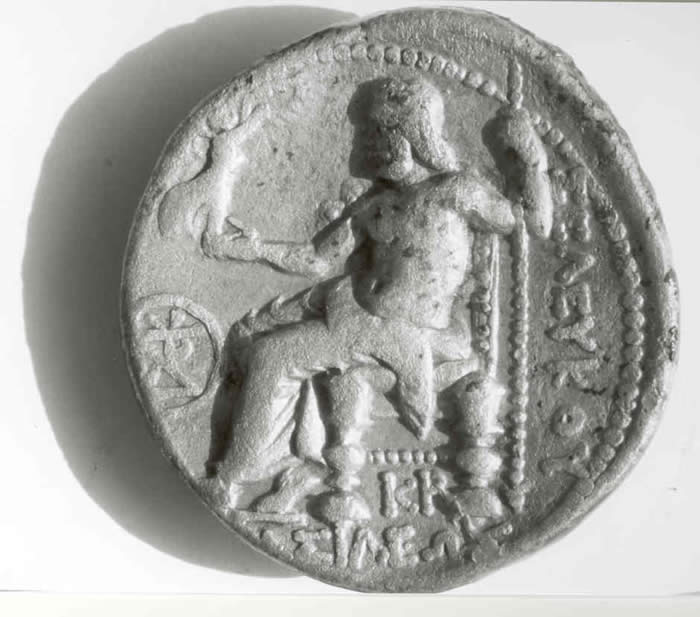
Figure 3: Silver tetradrachm (=four drachmai) of king Seleukos I, mint of Seleukeia on the Orontes,
20mm, ca. 290 BC. Zeus seated on throne to left.
The greatest peak on the graph (i.e. 336-288 BC) corresponds to the aftermath of the town’s capture in 315 BC by a general of king Kassander of Macedonia, one of the only references to Stymphalos to come to us from the literary record. Relics of the siege and the damage it caused have been found by the excavators, the numismatic record confirms a change in the currency pool with the sudden appearance of numerous bronzes struck by the Macedonian kings of the late 4th and early 3rd centuries BC (see figure 4). These may well represent the pay of a detachment of Macedonians that have been sent out from the main garrison at Corinth and were stationed at Stymphalos for a while.
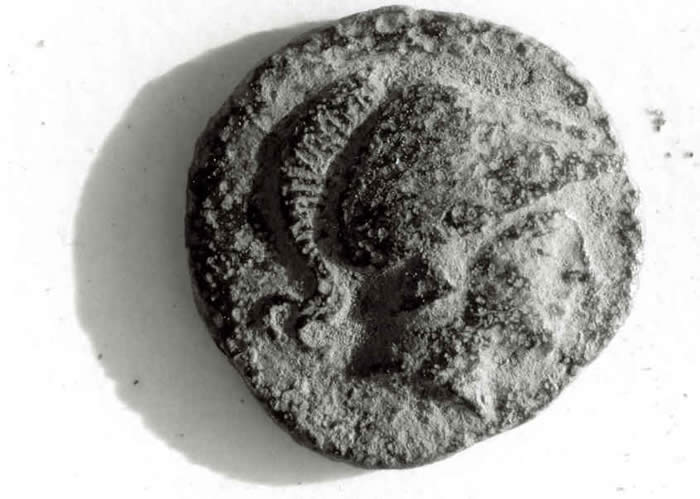
Figure 4: Bronze coin of Demetrios the Besieger, as king of Macedonia,
15mm, 294-288 BC. Helmeted head of Demetrios (?) to right.
Stymphalos apparently enjoyed prosperity in the second half of the 3rd century BC, to judge from the graph’s rate of coin-loss per annum and the great variety of mints represented. A series of ambitious public works along the south edge of the town seems to date to this period, which is when the first significant amounts of coinage began to circulate and be dropped here.
One tantalizing piece of numismatic evidence suggests the presence of the Roman army at Stymphalos at approximately the same time as L. Mummius’ famous sack of Corinth in 146 BC. Stymphalos and Corinth were two members of the Achaean League that incurred Rome’s rath that year, and datable finds from Stymphalos do tend to peter out in the mid 2nd century BC. However, it is an ancient counterfeit of a silver denarius, which was minted at Rome in precisely 149 BC, that confirms the presence of the Roman army (see figure 5). The coin was evidently discarded as worthless in about 146 BC because its silver skin had quickly begun to flake off, thus revealing a core of base metal. This denarius can be directly connected to the Roman army and not, say, to trade, since denarii do not appear in mainland Greece before the 80s BC, except in Roman military contexts. One might be inclined to suppose that Stymphalos shared Corinth’s spectacular fate, but the graph suggests otherwise: there is a marked rise in the rate of money in circulation between ca. 150 and ca. 75 BC. The great majority of these coins are late bronzes of Sikyon, which suggests that Stymphalos shared to some extent in Sikyon’s enhanced prosperity after the elimination of Corinth, Sikyon’s more powerful neighbour.
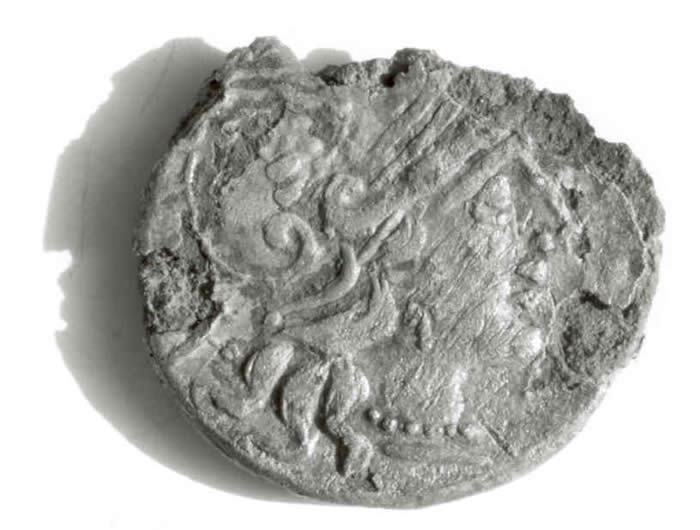
Figure 5: Ancient counterfeit of a silver denarius struck by Pinarius Nata, mint of Rome, 16mm,
149 BC. Helmeted head of goddess Rome to right.
The last chapter of the ancient town’s history begins with an apparently serious blow to its economic life in the later 1st century BC: no new coinage seems to have circulated at Stymphalos between the mid 40s BC and 4BC. Coins of Augustus then marked the beginning of a fifty-year resurgence of activity, both architectural and numismatic, that is limited to the town’s domestic quarter. Since all the coin finds from this period were struck at the mint of Corinth (see figure 6), it seems certain that Stymphalos’ fortunes were now tied to those of the new Roman colony (refounded in 44 BC). Perhaps the well-watered land of the Stymphalos valley was allotted to Roman settlers for a while. The site’s abandonment after about 50 AD was most likely due to an earthquake, since a number of objects were found whole and lying where they fell in collapsed ruins of the domestic quarter.
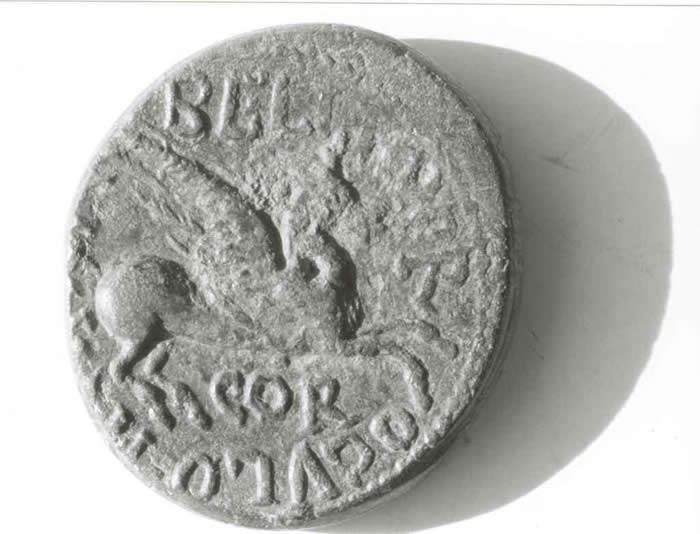
Figure 6: Bronze coin of Corinth, struck by Bellius Proculus, 18mm. 37/8 AD.
Pegasos flying to right.